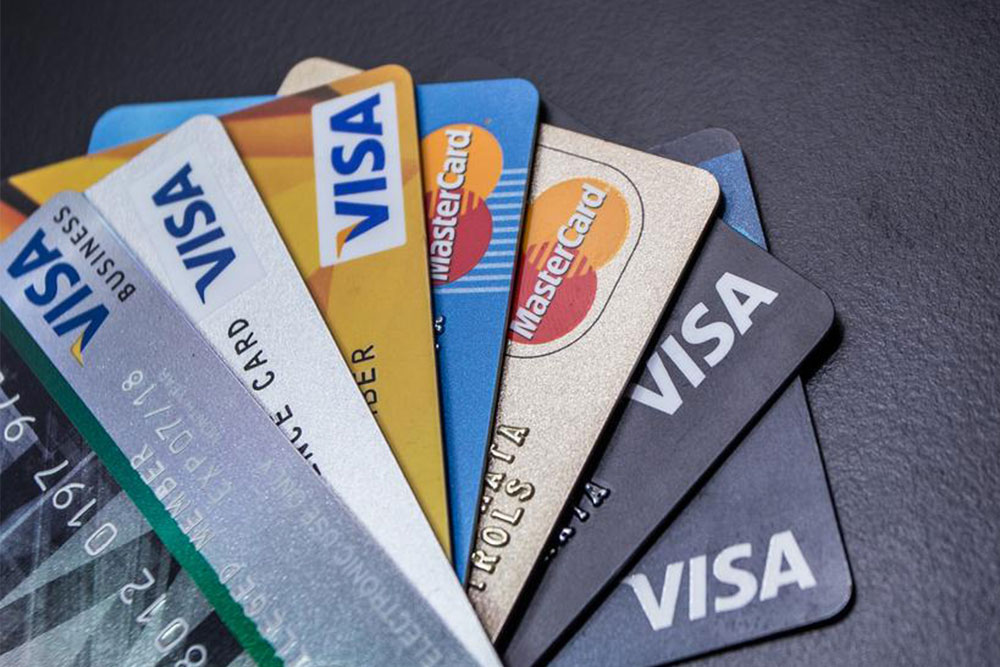Essential Guide to Equipment Leasing for Small Businesses
This comprehensive guide covers essential aspects of equipment leasing suitable for small business owners. Learn about leasing types, benefits, and key considerations for making informed decisions. Explore flexible payment options, tax advantages, maintenance support, and leasing options like TRAC leases to optimize your equipment acquisition strategy. Understand the differences between leasing and loans, and discover how leasing can improve cash flow without immediate ownership. This article is perfect for entrepreneurs seeking to leverage equipment leasing for business growth efficiently.

Essential Guide to Equipment Leasing for Small Businesses
Key Aspects of Equipment Leasing You Should Know
Equipment leasing is an excellent option for small business owners unable to purchase new equipment outright. It allows for reduced monthly payments spread over several years, helping manage cash flow effectively. Understanding the different leasing options, benefits, and terms is crucial to avoid financial setbacks. This article covers common questions about equipment leasing types, advantages, and important considerations.
Difference Between Equipment Loans and Leasing
Equipment Loan – Buying equipment with a loan means you own the item after payments are made, with repayment including principal and interest, spread over a set period. This is similar to financing an asset.
This allows you to distribute the full cost over time, paying back the principal plus interest. Conversely, equipment leasing entails renting the equipment without ownership, though some lease agreements include options to buy at the end.
Unlike loans, lease payments typically cover only rent, not the principal or interest, which means early payoff doesn't yield interest savings.
Types of Equipment Leasing
Operating Lease – Suitable for short-term needs, this lease allows equipment rental for a limited period, often replaced at the end of the term.
Capital Lease – Designed for long-term use of large equipment, this lease enables depreciation claims and similar benefits.
$1 Buyout Lease – With this option, you pay a nominal amount at the end of the lease to purchase the equipment, typically $1.
10% Option Lease – The leased asset can be bought at a fraction of its retail value, such as 10%, at the contract's conclusion.
Advantages of Equipment Leasing
Flexible Payment Terms – No initial down payment, preserving cash flow and borrowing capacity. Leasing can also be classified as an operational expense, not a liability.
Tax Benefits – Leasing payments may be deductible, improving cash flow and reducing taxable income.
Maintenance Support – Lessors often handle maintenance, reducing responsibility for the lessee.
Quick Access – Leasing facilitates faster equipment acquisition compared to loan approval processes.
Option to Cancel – Lease agreements can often be terminated early if business needs change.
What is a TRAC Lease?
A Terminal Rental Adjustment Clause (TRAC) lease applies to vehicle leasing, mainly trucks and semi-trucks. It offers flexibility by allowing negotiation of the end-of-term purchase price based on the vehicle's residual value.
TRAC leases help small businesses reduce monthly payments by deferring a significant purchase cost until the end of the term.









